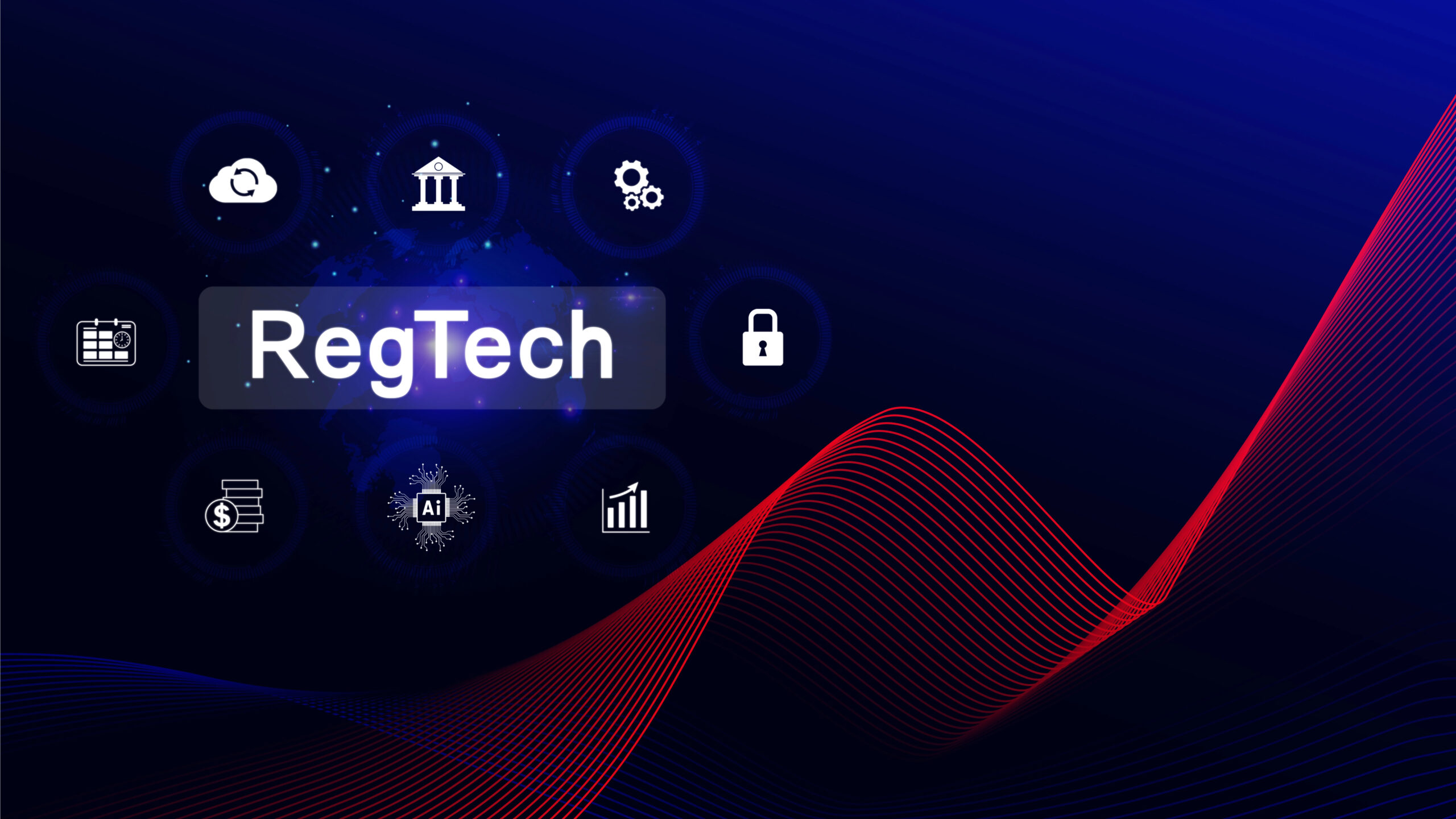Leasing and other financing organisations know that system integration is supposed to streamline operations, improve…

Sustainability – Can We Really Solve for People, Planet & Profit?
One of the recurring themes we get asked about currently in different contexts is the perhaps somewhat cynical question, do customers of the asset finance world really care about sustainability?
The underlying question is often actually more in the direction of, are customers willing to pay some form of premium for a sustainable finance offering?
The short answer is usually a considered, well yes and no!
We can be a little bit more helpful in addressing another related question, which is, can we make money from sustainability? The answer to this question differs naturally from client to client, and is often complicated by different definitions and perspectives on the whole ESG topic. This said the most frequent answer to this question is a qualified yes, and often relates to generating value from the way the asset is actually physically managed in a more sustainable manner.
In the asset finance world and beyond we’re seeing ever increasing focus from all sides on ESG. Customers, employees, investors and regulators are all demanding this and driving forward a fascinating period of development, with what I would argue is the enormous potential to create value. Part of this is down to how we look at things.
An immediate and I would argue relatively easy contribution our industry makes relates to our core business offerings. For many leasing and “as a service business models”, we can refine existing approaches and combine circular business models with more proactive lifecycle management which directly leads to better asset and raw material usage and equipment life extension. These often-overlooked aspects of our go to market model can yield enormous benefits for both CO2 and other emissions generation, water footprint as well as reducing overall raw material consumption.
As an industry we owe it to ourselves to get better at recognizing, measuring and reporting these aspects as there’s usually a great story to tell.
Now for what I would consider the more challenging but arguably more exciting opportunity to hand.
When asked to picture sustainable asset finance, for many this conjures up pictures of solar panels and electric vehicles, and in a sense, rightly so. The opportunity for our industry, however, is much broader than this.
At Invigors we’ve broken the market into some distinct categories:

These domains are not without their own challenges and this is causing many to pause and reflect, and for many this then results in paralysis.
New equipment types often implies a lack of historical data, which in turn causes headaches for many asset and risk managers, and requires careful and alternative ways of approaching the topic.
In many cases, there’s also the concern over technological risk and obsolescence, perhaps most easily illustrated in transportation with the BEV, fuel cell, E-Fuels, ICE transition we’re confronting today.
To make things easier, many of the front runners in the newer equipment classes are also often NewCos, and we all know how challenging this becomes when considering vendor risk. I remember well the concerns and debates over a certain Californian EV manufacturer in its early days.
Beyond these not inconsiderable challenges, we see other practical hurdles making it difficult to plot a clear course:
- Many domain areas look a lot like structured / project finance and candidly this is simply unfamiliar territory for many players, and an area where some in our industry could choose to stretch their models.
- Tenors are also challenging for some lessors, notably in the energy production domain where extended contract lengths are the market norm.
- Service and O&M risk is another unfamiliar or uncomfortable topic for many, and once more this is embedded in many of these go to market models.
So what to do? Sit on our hands and hope for the best?
I hope note. Some of the financing opportunities here really do offer the opportunity to deliver a triple bottom line, good for the customer, good for the lessor and essential for the planet.
We have at hand perhaps a once in a generation opportunity for our industry to make its mark and distinguish itself from other forms of finance by showing we understand equipment and its evolution.
We’d recommend an approach that keeps objectivity and common sense at its heart (avoiding polarisation & politicisation), looks at building a framework that helps assess / manage / identify risks, sets up a measurement system that focuses on measuring progress (rather than absolutes), and provides some systematic reporting aligned to accepted norms.
Time for the asset and other risk managers to stand up and be heard!!
For further information please get in touch with Ian Robertson



